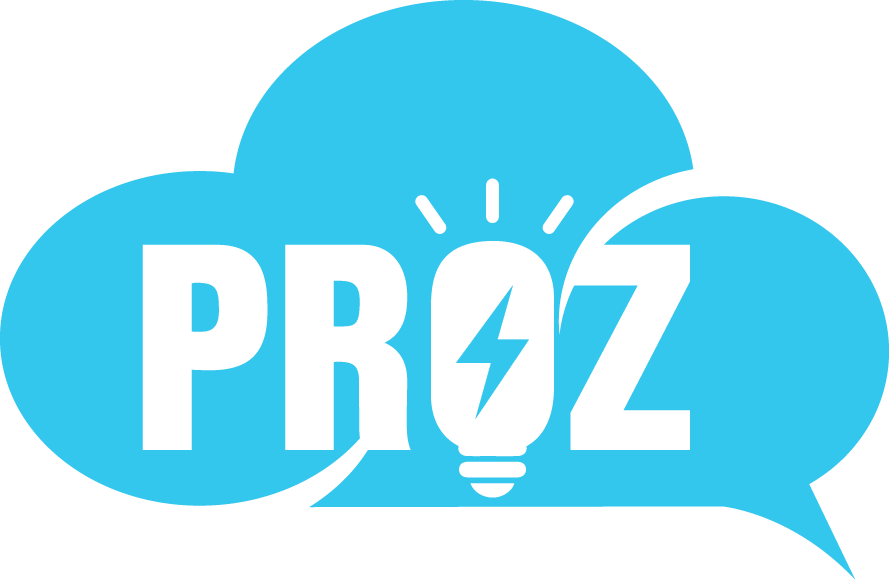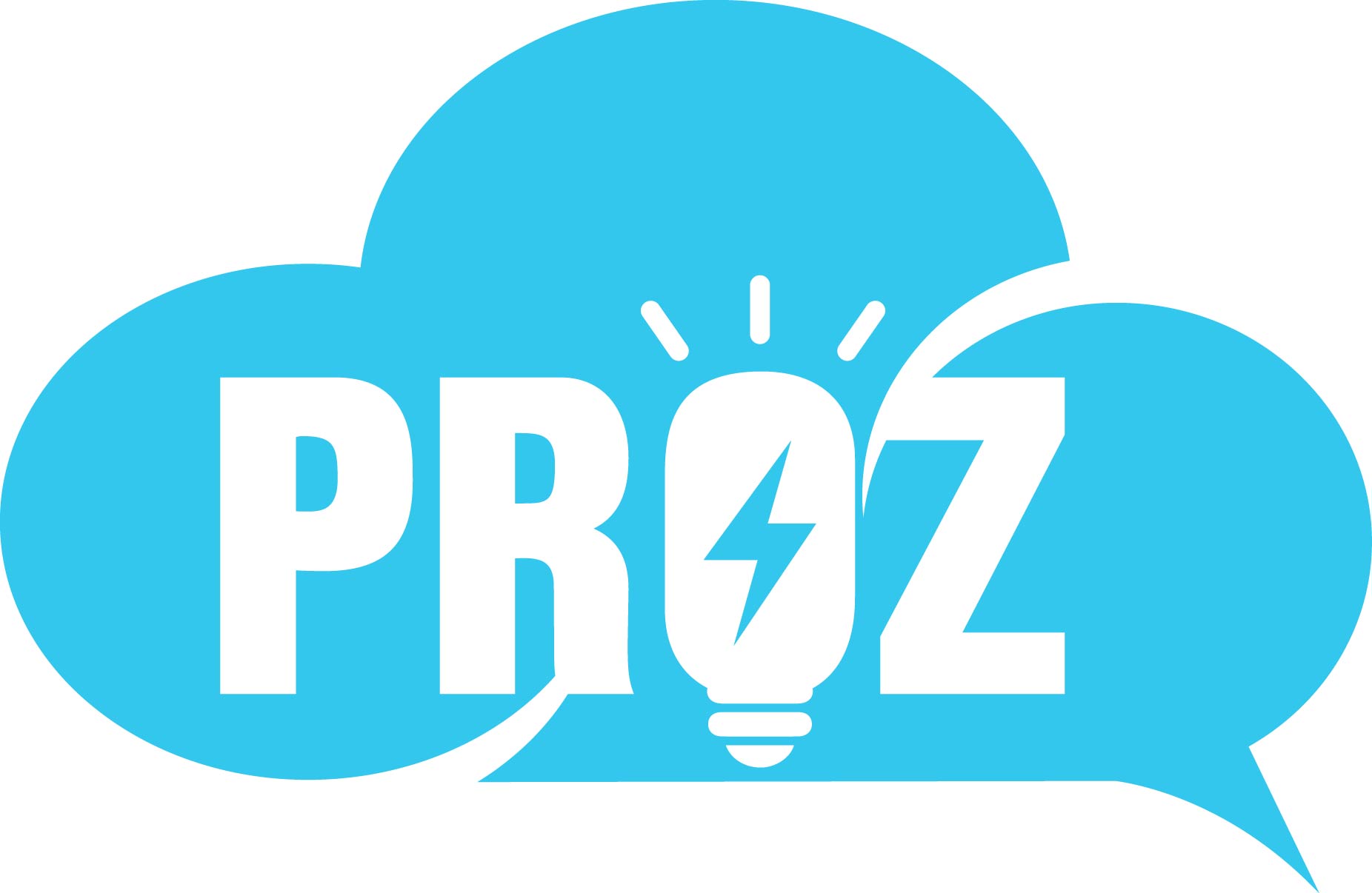They say you’re the average of the five people you spend the most time with and in business, that couldn’t be more true. Every person you hire shapes your small and medium-sized business (SMB). The right people help it grow, while the wrong fit can create setbacks. That’s why hiring isn’t just about filling roles but finding the right skillsets to grow together as a team.
The good news is that smart hiring strategies and artificial intelligence (AI) tools make it easier than ever for SMBs to attract top talent. From automating resume screening to streamlining interviews, or predicting the best candidates for the job, technology is better than ever before for hiring new teams. Even without a big human resources (HR) department (or one at all), you can build strong teams that compete with much larger businesses.
Let’s dig in to the top ways to hire a growing team, with the help of the right tools and the right strategies. Here we go.
What we’ll cover:
Build out your hiring plan
If you’re ready to hire, start by getting organized. Outline the roles you need, set clear expectations, and gather the right tools to streamline the process. A well-prepared plan makes hiring easier and more effective.
Benefits of small teams
Small teams are affordable as well as effective. They can move faster, pivot quicker, and create stronger bonds than their larger counterparts. When just a handful of people work closely together, decisions happen in minutes, not weeks. Ideas flow freely without getting stuck in approval purgatory. Everyone understands the big picture because they help create it.
For example, Airbnb, whose founders covered everything from photography to customer service before hiring strategically. Or how Stitch Fix disrupted an entire industry with just five people making quick decisions. Small teams create magic when each person brings complementary skills to the table and together they share their mission.
Businesses with fewer than 25 employees report significantly higher engagement levels than larger organizations. These engaged teams deliver better customer experiences and show greater commitment to company goals. When everyone’s voice matters and impact is immediately visible, people simply bring more energy and creativity to their work.
Hire your dream team in 8 steps or less
Build your dream team in 8 easy steps — from finding the right candidates to making the perfect offer and onboarding smoothly.
Step 1: Define your hiring needs
Before hiring anyone at all, you first have to get the role down. First is getting clear about the problems you need to solve in your business. Are you looking to grow your sales, marketing, or business operations? Improve your product? Enhance customer support?
Think beyond traditional job titles. In startups, roles often blend. You might need someone who can handle marketing but can also jump in on customer service calls. Or a developer who understands design principles.
Make a list of the most critical tasks and responsibilities, then group them into sensible roles based on related skills. This approach helps you hire for maximum impact with minimal headcount.
Hiring?
We’re here for it.


Step 2: Write job postings that attract the right people
Now that you’ve defined your hiring needs, it’s time to write a compelling job posting. This is often a candidate’s first impression of your company. Make it count by creating clear, jargon-free descriptions of responsibilities and requirements. Skip the buzzwords and focus on what the role will accomplish.
Highlight what makes your brand special. You can offer unique benefits that big corporations can’t match: direct impact on company success, broader responsibilities, and closer relationships with leadership. Share your values clearly. Cultural fit matters enormously in small teams where everyone works closely together. The right values statement helps candidates self-select based on alignment with your mission.
Pro Tip: AI helps improve job description writing by suggesting clearer, more inclusive language and removing bias from your requirements. It also highlights key skills and qualifications that might be missed, ensuring your descriptions attract the right candidates.
Step 3: Source candidates
Next up, finding the right pool of candidates. Look beyond the usual job boards. Post openings where your ideal people hang out online – industry forums, social media groups, or specialty job sites. When you see someone doing great work online, reach out with a friendly note explaining why you’d love to have them on your team. And, ask your current team who they know – good people often know other good people.
Small teams have natural advantages – you can offer real impact, varied work, and a voice that actually gets heard. Make sure candidates understand these benefits. Keep things simple when they apply – no one enjoys filling out lengthy forms or waiting weeks for a response. Treat candidates how you’d want to be treated.
AI-powered CRM helps you manage applications without confusion. Connect with local schools, meetup groups, and industry events to build relationships before you need to hire.
Step 4: Use technology to screen candidates
In this step, technology can streamline hiring. Smart hiring tools help small businesses effortlessly connect with top talent. AI-powered platforms can help identify promising candidates by analyzing resumes and applications based on the specific skills and qualities you need. This saves hours of manual screening and helps you focus on the most promising prospects.
A customer relationship management (CRM) tool keeps candidate information organized and ensures timely follow-up. No more losing track of great applicants or forgetting to send interview invitations.
Video tools like Zoom and Google Meet integrate with your CRM and make interviews easier, especially when they connect directly to your calendar. Set up scheduling software like Calendly to let candidates pick interview times that work for them, creating automatic calendar events with video links. This cuts down on the back-and-forth emails that waste your time.

Webinar: Become AI Ready: How Small Businesses Can Use AI to Work Smarter and Grow Faster
Step 5: Conduct interviews
Now, it’s time for interviews. Start with quick initial interviews (20-30 minutes) to screen candidates efficiently. Confirm basic qualifications, assess communication skills, and gauge interest in your organization. These conversations reveal which candidates deserve more of your time without lengthy commitments.
For promising candidates, schedule in-depth interviews focusing on both skills and cultural fit. Include team members who’ll work with this person directly. Structure these conversations around real scenarios they’ll face in the role and include a hands-on component that demonstrates their capabilities — a writing sample, mini-project, or real-world scenario to solve.
Use a consistent scoring system across the interview stages. Rate candidates on essential skills, problem-solving, communication, and team fit immediately after speaking with them. Trust this system over gut feelings, which can be influenced by bias. Always follow up promptly with everyone, maintaining professional relationships, even with candidates you don’t select.
Step 6: Check references
Before making a final decision, reference checks offer valuable insights that interviews can’t capture. Next, speak directly with former managers rather than coworkers when possible. Ask specific questions about working style, strengths, growth areas, and reliability. Listen for hesitations or qualified praise, which often signal concerns.
Good questions include: “How did they handle feedback?” and “Would you hire them again?” Reference conversations are most valuable when you move beyond verification to understand how someone actually performs day-to-day.
Step 7: Make an offer
Now, it’s time to secure your top choice. Startups may not be able to match corporate salaries, but they can create attractive overall packages. Emphasize growth opportunities. Show candidates how this role could evolve as the company grows. Offer flexibility around when and where work happens. This benefit costs you nothing but means everything to many candidates.
Consider performance-based bonuses that align employee success with company success. Highlight the direct impact employees have on small businesses. Many people value meaningful work over marginally higher pay.
Step 8: Onboard thoughtfully
Once the offer has been accepted, you can create an organized onboarding experience for your new team member (with the help of AI CRM). A strong start sets the tone for long-term success.
- Create a structured first week that introduces company values, processes, and key relationships.
- Assign a buddy or mentor to help new hires navigate the organization and answer questions.
- Set clear expectations and goals for the first 30, 60, and 90 days so new employees understand what success looks like.
- Schedule regular check-ins to provide feedback and make adjustments as needed.
Coordinate all onboarding activities seamlessly through Slack, keeping documents, tasks, and important dates in one central location where everyone can collaborate effectively.
Boost productivity with Slack for small business
Bring together your team, your customers, and your tools to help take your business to the next level.
How AI is revolutionizing hiring
Finding great people just got a lot easier. AI tools are making hiring easier, helping SMBs find the right talent more efficiently. AI can quickly screen resumes and identify qualified candidates from large applicant pools by analyzing skills, experience, and potential fit.
And, smart scheduling tools eliminate the back-and-forth of setting up interviews, automatically offering available times to candidates. When candidates have questions late at night, AI chatbots are ready to answer, keeping people interested in your job openings.
AI-powered CRM tracks every candidate’s interaction and recommends the best next steps to keep potential hires engaged throughout the process. Analytics tools show you which job sites actually bring in good applicants, so you can focus your efforts where they matter.
And you don’t need to be a tech expert to use any of this. Small businesses can now access the same powerful AI hiring tools as large corporations through user-friendly platforms like Agentforce – no technical expertise required. (Back to top.)

Building your small but mighty team
Remember that hiring is just the beginning of building a great team. Create an environment where people can do their best work through clear communication, meaningful challenges, and recognition for contributions.
Start small, hire thoughtfully, and focus on creating a workplace where talented individuals want to stay and thrive. With each strategic hire, your business gains new capabilities and perspectives that will help you grow fast.
Ready to equip your team with the right tools from day one? Start your journey with Starter Suite today. Looking for more customization? Explore Pro Suite. Already a Salesforce customer? Activate Foundations and try out Agentforce today.






